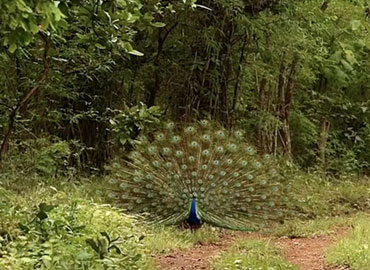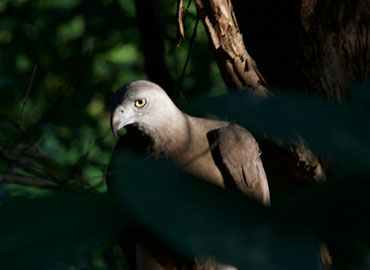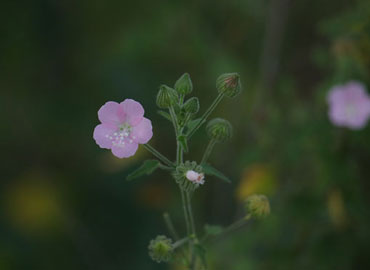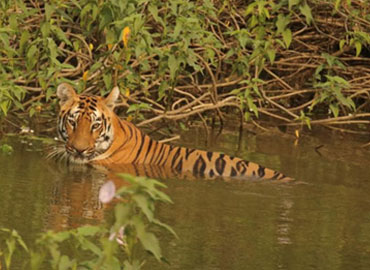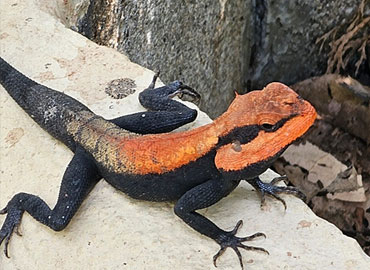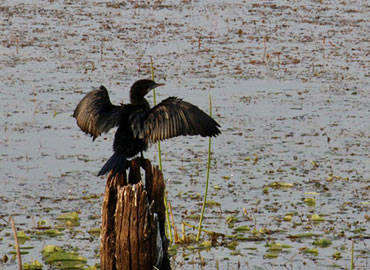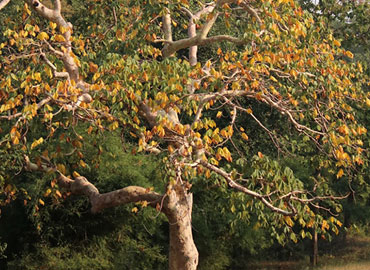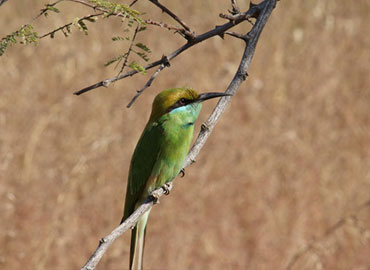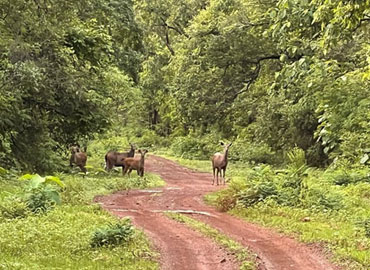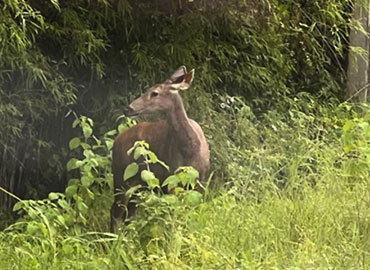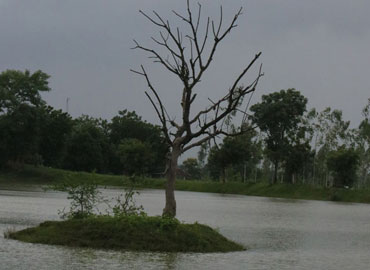Flora and Fauna of Tadoba Andhari Tiger Reserve
Animals and Plants of Tadoba Andhari Tiger Reserve

Welcome to the Tadoba Andhari Tiger Reserve, a natural haven for wildlife and nature lovers! Tadoba is located in the Chandrapur district of Maharashtra, India and is home to a wide variety of flora and fauna. In this article, we will explore the rich biodiversity of Tadoba and discover the animals, birds, and plants that call this reserve their home. Join us on this exciting journey as we take you through the dense forests and lush greenery of Tadoba with stunning photographs and videos, from the eyes of Manoj Gupta, a TATR enthusiast.
Flora
Tadoba is a dry deciduous forest, dominated by teak and bamboo trees. The forest is also home to other trees such as ain, mahua, and tendu. The forest floor is covered with a variety of grasses and shrubs.
Fauna
Tadoba is famous for its Bengal tigers, which are the main attraction for visitors. Apart from tigers, the reserve is home to other large carnivores such as leopards, wild dogs, and sloth bears. The reserve also has a healthy population of herbivores such as spotted deer, sambar deer, bison, and nilgai. Other mammals found in Tadoba include the Indian gaur, striped hyena, and wild boar.
Tadoba is also a birdwatcher's paradise, with over 195 species of birds recorded in the reserve. Some of the notable bird species found in Tadoba include the crested serpent eagle, grey-headed fishing eagle, paradise flycatcher, and painted stork. The reserve is also home to reptiles such as the Indian python, cobra, and Russell's viper.
Tadoba Andhari Tiger Reserve is a haven for nature lovers and wildlife enthusiasts, with a diverse range of flora and fauna to discover.
One of the rainy morning thought of venturing into the forest on a safari ride, which happens in Tadoba Buffer, just to get a different perspective to the wild in this season. I can clearly say that this is one of my best the TATR forrest had to offer and while I was too lucky to spot a Tiger, cooly shrugging off her wet fur and walking pompously, as always as if challenging the rain to stop her. She was her majestic best and the way she plopped into the water puddles was an amazing step to watch. While I did have the camera with me but as I had missed carrying the camera rain cover, I could not dare to take it out, but the oculus and the cornea created some amazing images which is stored comfortably in the cloud of the grey cells. I did manage some clicks, risking the camera, ads the beauty was compelling.
But this safari was a different one, as I could see observe and feel so many other flora and fauna around. The trees were so different and the chirps the squeaks the grunts/buzz of the amphibians were a cacophony to the ears. As a matter of fact, post the safari I was searching how does beetle or grasshopper make sound, squeak or buzz, and I learnt its called “stridulating” rubbing certain body parts/ wings to make sound, while some of them also do vocal, and they different sounds for different purpose.
Anyways, while driving through the changing colour of the topography of the forest was indeed awes-trucking, and I wondered as to how come one jungle, all constant still produce and embrace so much colour and so much rhythm in itself. The trees are so well aligned and the plan or strategy can beat any closed door white/ blue collared Google/ Skype meets. There are several layers, and you could observe that when you go next, when I say layers in mean, several rows of plantation, ensuring the foliage covers every part, with low shrubs being first then the larger one and then the bigger ones. Now that is not easy, as for all them they need certain amount of sun for photosynthesis, or dew for food and colour and also water, some more some less, and that’s how nature aligns the trees. They create their own green house and ensures the right amount of ingredients are provided to them and in their desired quantity - Man it can get awesomely complicated. To keep myself getting carried away, I would like to state that the flora and fauna of TATR ( am sure it would be same at most places, plus or minus) is worth looking at when you visit.
While driving through my eyes stuck to A particular type of tree, white naked branches in dancing pose, with some leaves on top, bark shinning and standing in a pose which any one would get endeared with - the unique GHOST TREE. It's called Starculia Urens, But true to its former name, it could be interpreted as Ghost Tree, if seen in pitch darkness and its bracts as. I spreading its arm and asking you to embrace. You must notice this, and am sure if you are alert you would, when in TATR, or ensure to ask the guide to show you one.
For academic reason latter on I found out it has lots of medicinal attributes, and its gum which oozes form the bark, is used for several reason in medicine or thinking agent in cosmetics.
Must tell you TATR is a different world and while Tiger which is the APEX of the wild, there is just enough and more to it.
Animals and Plants - Gallery
